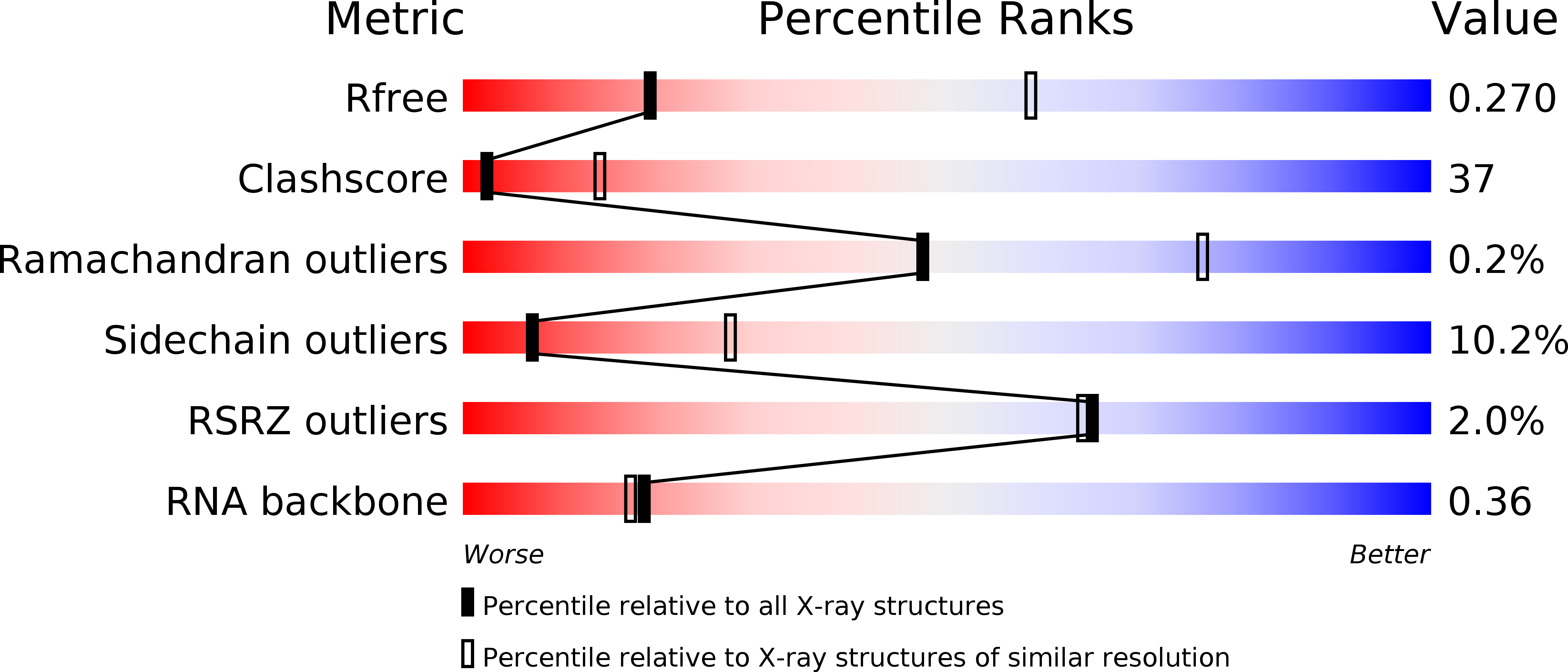
Deposition Date
2018-09-20
Release Date
2019-01-23
Last Version Date
2023-11-22
Entry Detail
PDB ID:
6IFO
Keywords:
Title:
Crystal structure of AcrIIA2-SpyCas9-sgRNA ternary complex
Biological Source:
Source Organism:
Streptococcus pyogenes serotype M1 (Taxon ID: 301447)
Listeria monocytogenes (Taxon ID: 1639)
Streptococcus pyogenes M1 GAS (Taxon ID: 160490)
Listeria monocytogenes (Taxon ID: 1639)
Streptococcus pyogenes M1 GAS (Taxon ID: 160490)
Host Organism:
Method Details:
Experimental Method:
Resolution:
3.31 Å
R-Value Free:
0.26
R-Value Work:
0.22
R-Value Observed:
0.22
Space Group:
P 1 21 1


